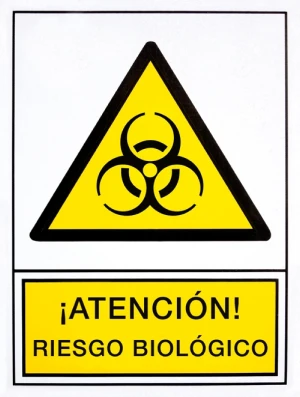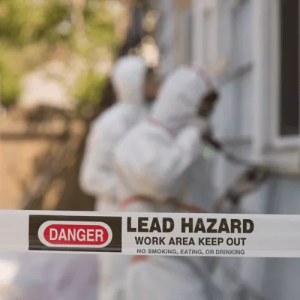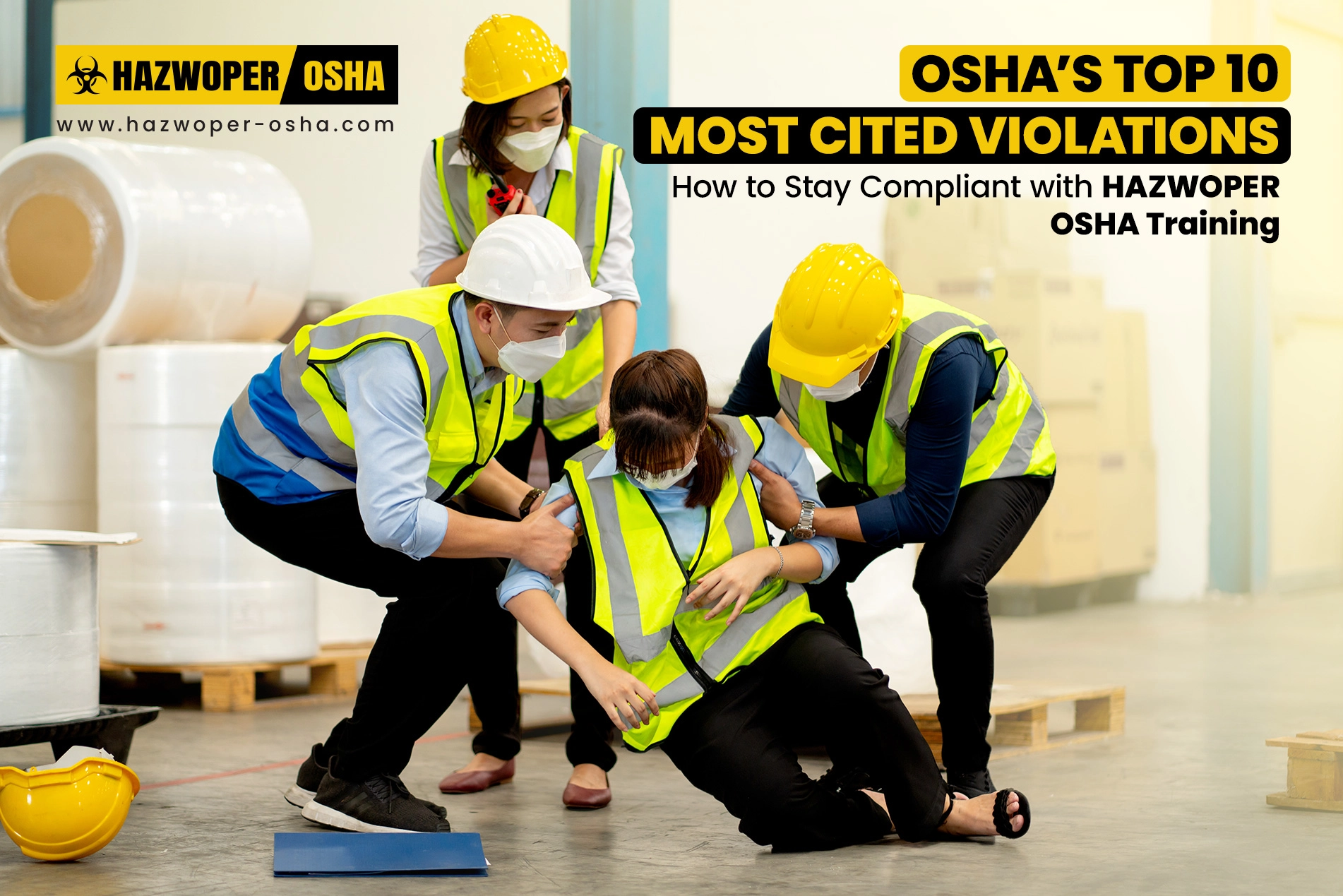Coronavirus Outbreak: OSHA Guide to Preventing Exposure

OSHA’s new webpage for 2019 Novel Coronavirus (2019-nCoV) provides information and resources for preventing exposure to the new coronavirus. The Novel Coronavirus was first detected in Wuhan City, Hubei Province, China. This virus has been identified as the cause of an outbreak of respiratory illness in China initially; which thereafter spread across the globe to many countries including the United States.
Early on, the outbreak in Wuhan, China was linked to a large seafood and animal market, suggesting animal-to-person transmission. However, a growing number of patients reportedly have not had exposure to animal markets, indicating that person-to-person spread is occurring. At this time, it is unclear how easily or sustainably this virus is spreading between people. The World Health Organization has declared the outbreak a “public health emergency of international concern.” The latest situation summary updates are available on CDC’s web page 2019 Novel Coronavirus, Wuhan, China.
Symptoms and Transmission
Symptoms of infection with 2019-nCoV include fever, cough, and shortness of breath. According to the CDC, spread from person to person is most likely among close contacts (about 6 feet). Person-to-person spread is thought to occur mainly via respiratory droplets produced when an infected person coughs or sneezes, similar to how influenza and other respiratory pathogens spread. These droplets can land in the mouths or noses of people who are nearby or possibly be inhaled into the lungs. It is currently unknown if a person can get 2019-nCoV by touching a surface or object that has the virus on it and then touching their own mouth, nose, or possibly their eyes. There is much more to learn about the transmissibility, severity, and other features associated with 2019-nCoV as the outbreak investigation continues.
OSHA Standards
At present, there is no evidence of widespread transmission of 2019-nCoV in the United States. For the general American public (including most types of workers), the immediate health risk from 2019-nCoV is considered low at this time. The risk to individuals is dependent upon their exposure to the virus. Therefore, the risk of exposure and infection may be elevated for certain workers, especially those who interact with potentially infected travelers from abroad, including workers in healthcare, deathcare, laboratories, airline operations, border protection, waste management, and international travelers.
There is no specific OSHA standard covering 2019-nCoV at this time. However, some OSHA requirements may apply to preventing occupational exposure to 2019-nCoV, most notably the PPE (29 CFR 1910.132), Eye and Face Protection (29 CFR 1910.133), Hand Protection (29 CFR 1910.138), Bloodborne Pathogens (29 CFR 1910.1030), and Respiratory Protection (29 CFR 1910.134) standards.
OSHA has developed a set of interim guidelines to help prevent worker exposure to 2019-nCoV.
General Guidance for All Workers and Employers
Regardless of specific exposure risks:
- Frequently wash your hands with soap and water for at least 20 seconds;
- Avoid touching your eyes, nose, or mouth with unwashed hands; and
- Avoid close contact with people who are sick.
Interim Guidance for Workers and Employers with Potential Occupational Exposures to 2019-nCoV
In all workplaces where exposure to the 2019-nCoV may occur:
- Immediately isolate people suspected of having 2019-nCoV. Institute appropriate measures to limit the spread of the person’s infectious respiratory secretions (such as providing them with a face mask).
- Carefully evaluate whether or not work areas occupied by people suspected of having the virus may have been contaminated, and whether or not they need to be decontaminated in response (at present, the transmissibility of 2019-nCoV from contaminated environmental surfaces and objects is not fully understood).
- Train all workers about the sources of exposure to the virus, the hazards associated with that exposure, and appropriate workplace protocols in place to prevent or reduce the likelihood of exposure.
Additionally, employers and workers may also consult interim CDC guidance specific to 2019-nCoV.
Training on Workplace Safety during the COVID-19 Pandemic
To help employers to safeguard employees during the COVID-19 pandemic, HAZWOPER OSHA LLC had developed an online training program to increase awareness, help to prepare workplaces and workers, and enable employees to respond appropriately towards the pandemic. So, enroll in our Pandemic Awareness online training program and continue operating your business while ensuring the health and safety of your employees.







































































































